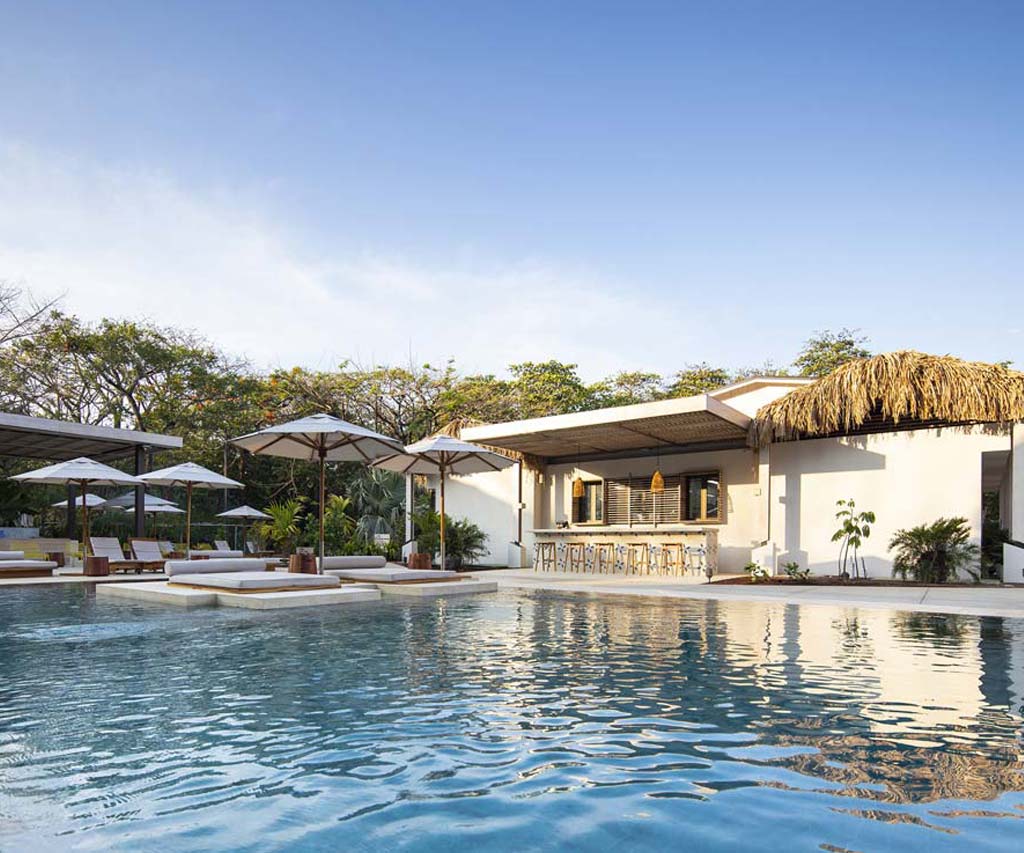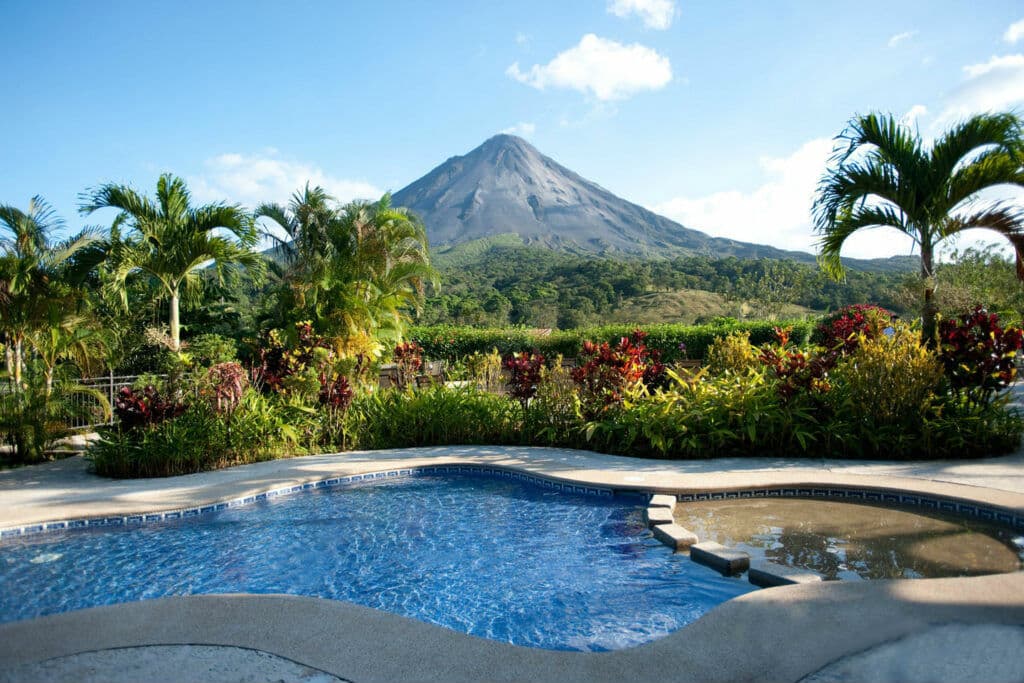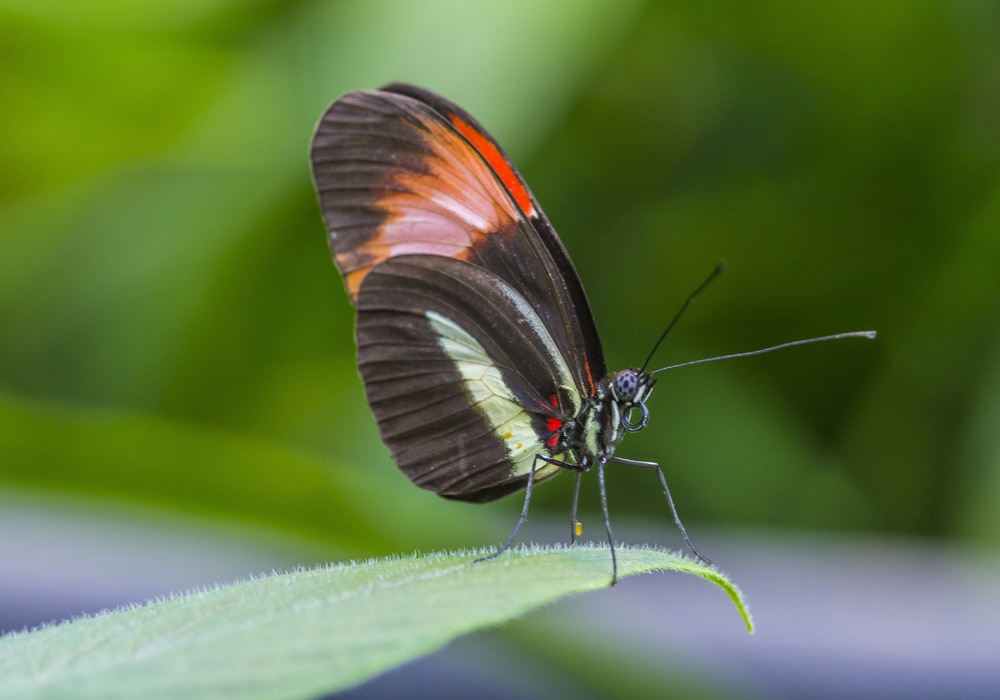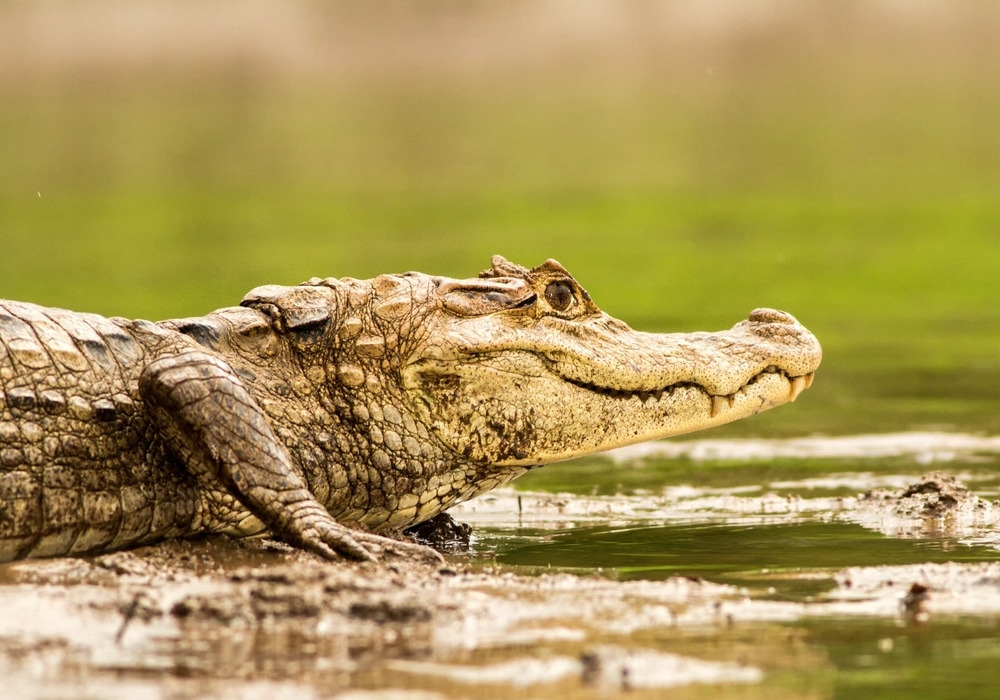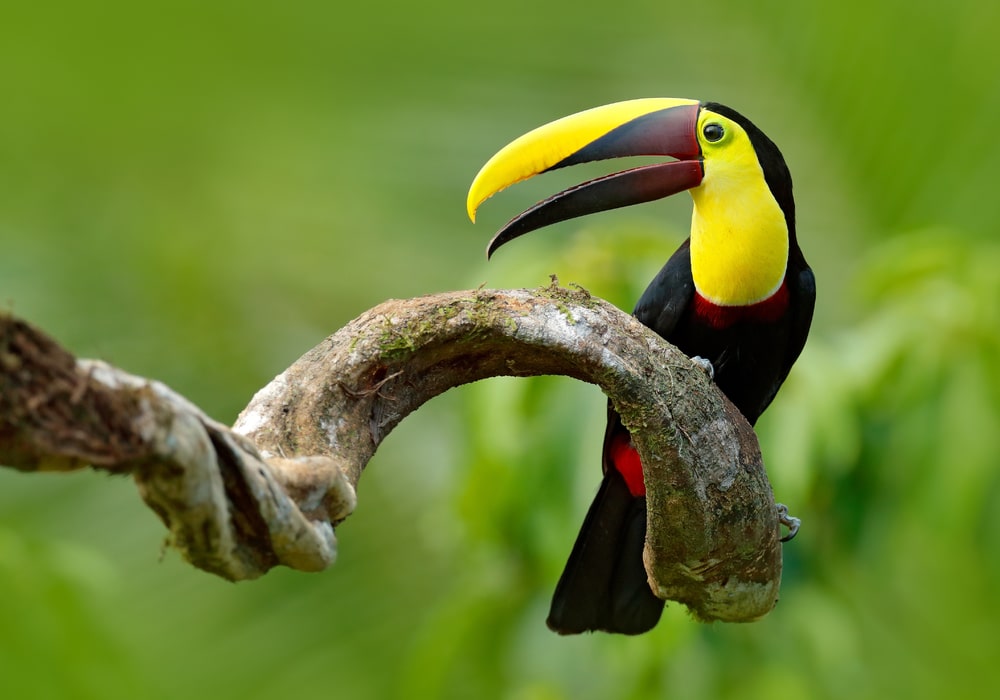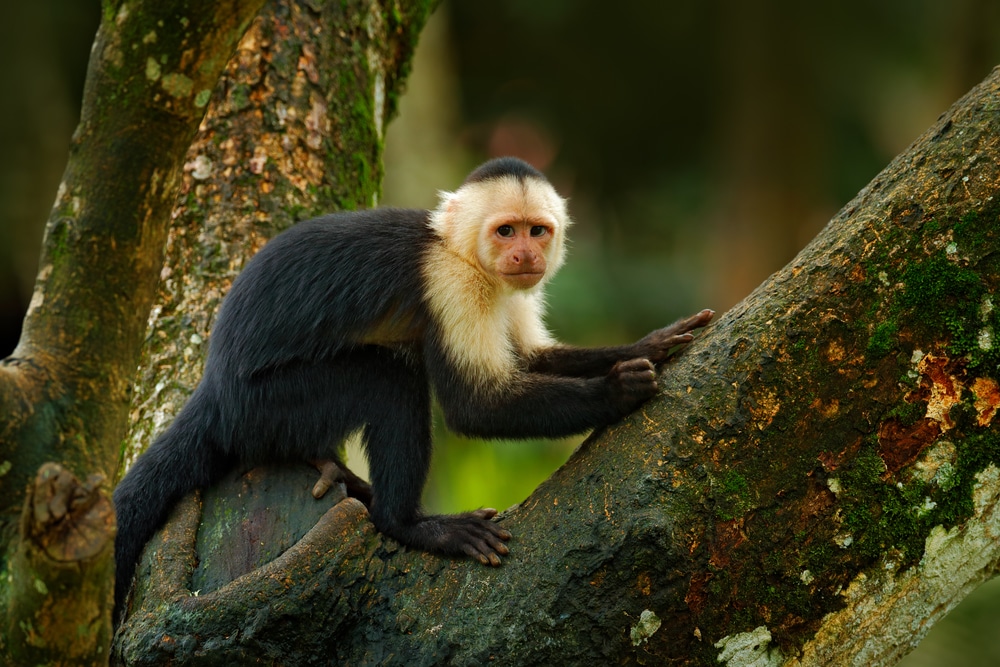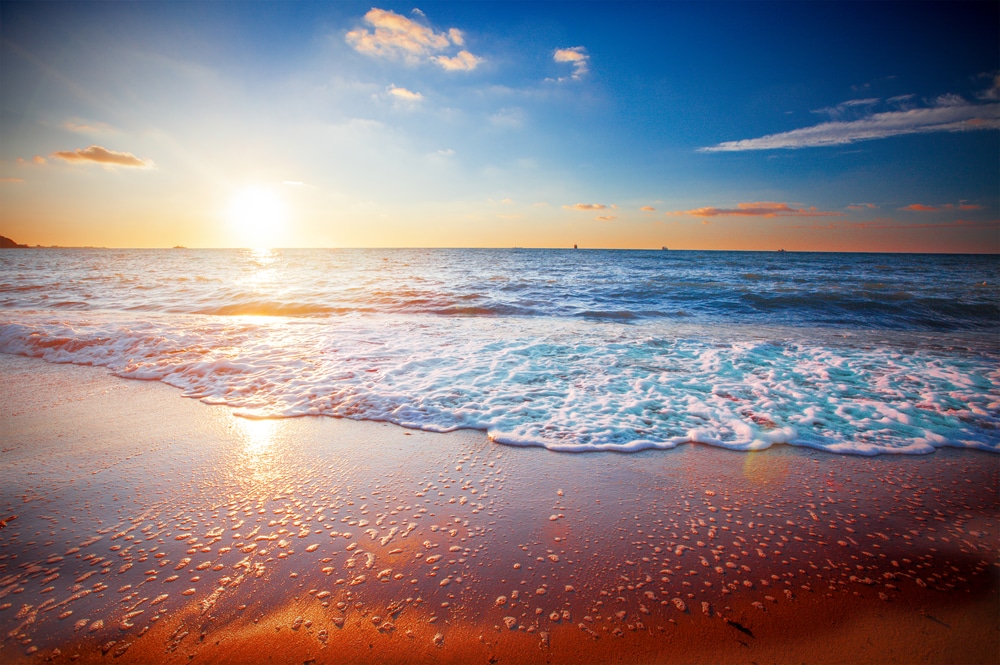The Guilded Iguana in Nosara is a surfer’s paradise that’s perfect for anyone
Billed as the “Surf Hotel,” The Gilded Iguana claims a spot in Nosara’s history as an off-the-grid destination for the international surfing community. It claims the distinction of being the first hotel in Nosara, and the hotel was the first to host live music. Surfers come here for the laid-back vibe and for a chance to hone their skills at Playa Guiones, one of the best beaches in the country. Designed to reflect the hotel’s dedication to the area’s history as a surfer’s mecca, The Gilded Iguana’s appeal lies in its luxurious authenticity.
The hotel adds to the appeal by offering organic produce from its gardens and just-off-the-boat seafood, as well as its eco-friendly sustainability practices. The breakfast and brunch menu has something for every taste. Fusing Mediterranean cuisine with traditional Costa Rican flavors for lunch and dinner, you can dine in the open air, with its casual and lively atmosphere. Whether it’s the catch of the day, creamy lime chicken, or a traditional casado, it’s all fresh and enticingly presented.
In addition to the beauty of Playa Guiones, with its more than 3 miles of white sand and consistent waves, guests can enjoy mountain biking, as well as the world’s longest zipline. That’s not surprising as The Gilded Iguana is in a designated Blue Zone, an area known for wellness, lifestyle, and life longevity. New this year is the resort’s yoga retreat offering, where you are just steps from the beach, for a peaceful and relaxing workout.
Maintaining its history as a fixture in the surfing community, the Surf Club and school is a mere 200 meters from the beach. ISA-certified instructors are available for beginners and experts to develop their skills at one of the top surf breaks in the world. Besides surfboards, the club has SUPs, boogie and skim boards, and beaters—a surf-boogie board combo. The club offers daily to annual memberships that include access to the locker room and changing stalls, showers, as well as discounts on surf lessons, at the juice bar and restaurant, mountain bike rentals/tours and in the Iguana Shop.
With a modern take on tropical living, the rooms include a balcony, patio, and an outdoor living area. Designed for comfort, the rooms boast vaulted ceilings, custom artisanal décor elements, and custom furniture in a light-filled and spacious atmosphere. Rooms also include a board storage area, complete with rack. From the economical Surfer Rooms (which sleeps up to 4) to the Surfer Suite (which sleeps up to 6), guests will find a home away from home for their Nosara vacation.
“No shirt, no shoes, Nosara” is so much more than just a local lexicon; it’s a lifestyle. Since 1988, The Gilded Iguana has nurtured a stress-free atmosphere that has attracted people from around the world. Recently renovated, the hotel has only improved on its 30-year charm and it’s a must when you visit Nosara.
Contact us for more information about our historical hotel and the exciting adventure that awaits you on the Nosara Peninsula.

